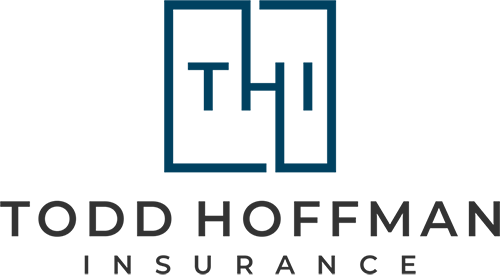
Understanding Home Insurance for Property Lines
Homeownership brings both joys and challenges, with property line disputes and insurance coverage being one of the less delightful aspects. It's easy to get overwhelmed when a natural disaster or unexpected event—like a fallen tree, fire, or flooding—strikes your property. Not only do you face the immediate stress of damage, but you also must navigate the complex web of insurance responsibilities to ensure your financial protection. This guide aims to demystify common questions homeowners have regarding insurance and property boundaries, so you're prepared for whatever nature throws your way.
Understanding Tree Damage Responsibility
Storms have a way of bringing down trees, often causing damage that surprises many homeowners. When a tree from your neighbor's property falls onto your house during a storm, it's typically your own insurance company that covers the damage. However, if that tree was dead or in a poor condition and your neighbor was aware, their insurance might be on the hook for the damage. It's always wise to communicate with neighbors and ensure robust coverage for these unforeseen events.
Dealing with Fire Damage from Next Door
Fire can spread rapidly, and when it crosses property lines from a neighboring house, your homeowners insurance will generally cover the resultant damage. But if negligence—such as an unattended candle or faulty wiring—caused the fire, your insurer might pursue reimbursement through a process called subrogation from the neighbor's provider. This ensures you're not burdened with costs that weren't your fault.
Navigating Flooding from Nearby Properties
Flooding due to poor neighbor landscaping decisions or some malfunctioning downspouts can be tricky to handle, primarily due to the difficulty in proving negligence. Homeowners insurance typically excludes flood damage, pushing the onus on you to have a separate flood policy to safeguard against such occurrences. It's a vital step often overlooked until it's too late.
Shared Fence Repair Costs Explored
Mother Nature isn't picky about her targets, and shared fences often sustain damage during storms. In these cases, it's generally expected that both homeowners will split the repair costs. However, if one property owner's actions led directly to the damage, they could bear full responsibility. Assessing the cause is crucial before proceeding with repairs.
The Insurance Claims Process Explained
When neighbor-caused damage arises, understanding how insurers handle claims is key. If there's clear negligence, your provider may attempt to recuperate the costs from your neighbor's insurance through subrogation. If negligence can't be proven, however, your own policy usually steps in to cover the repair costs, ensuring you're not left to shoulder the burden alone.
As you can see, understanding how property lines and insurance coverage intersect can help protect your assets. Reviewing your policy and considering additional coverage, like flood insurance, can provide better peace of mind in uncertain times. To ensure you're adequately covered and comprehensively informed, speaking with an insurance professional is a proactive step toward securing your home and financial wellbeing.
